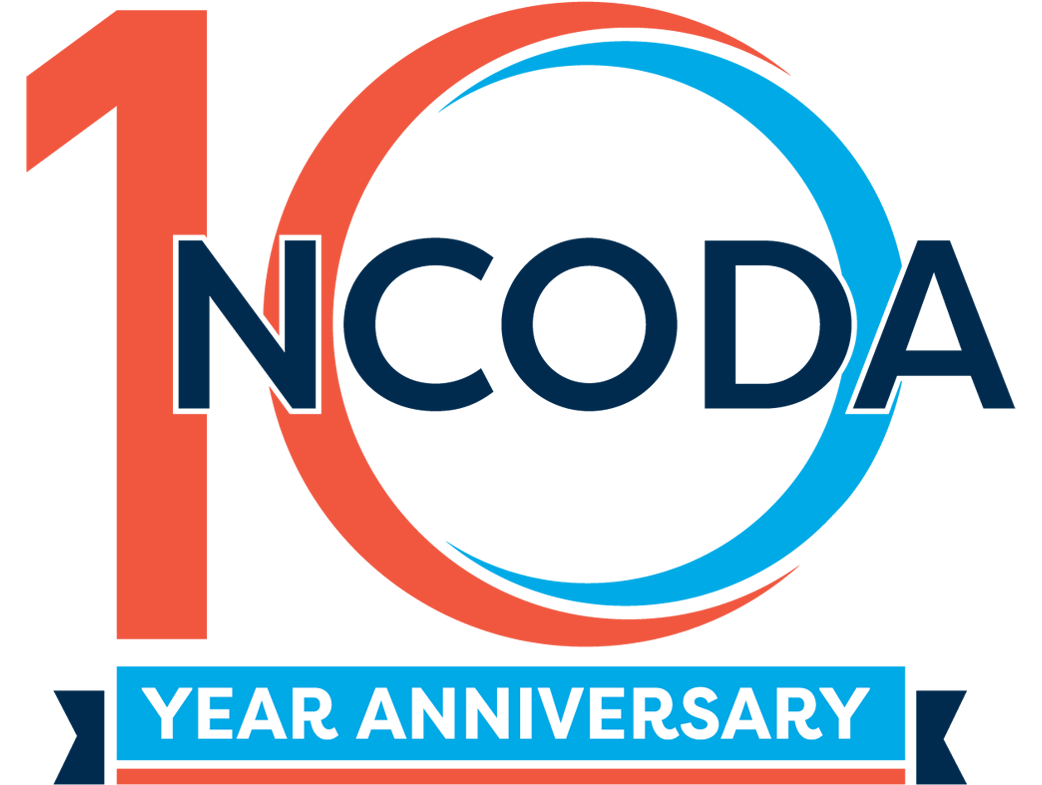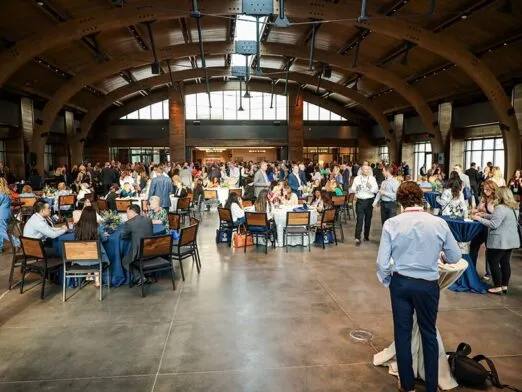Beyond the Copay: A Holistic, Person-Centered Approach to Patient Assistance
Published Date: November 6, 2025

Guest Contributor: Accessia Health
Beyond the Copay: A Holistic, Person-Centered Approach to Patient Assistance
The landscape of patient assistance is undergoing a necessary transformation. For years, assistance programs were designed primarily to offset the cost of medications, particularly for those with rare and chronic conditions. While that support remains critical, it is no longer sufficient in the face of rising healthcare costs, insurance complexity, and the growing impact of social determinants of health.
For individuals living with rare and chronic conditions, the barriers don’t begin or end at the pharmacy counter. They extend to insurance premiums, diagnostics, mental health support, transportation, and countless other areas that rarely get the spotlight but often determine whether someone receives the care they need.
Financial Burden of Care – Bigger than Medications
Americans collectively hold $220 billion in medical debt, disproportionately affecting those with rare and chronic conditions. This debt will grow as people struggle to afford essential care.
According to the Kaiser Family Foundation:
- 27% of adults have delayed or skipped medical care due to cost.
- 1 in 10 adults have rationed medication – cutting pills or skipping doses to stretch prescriptions.
- Nearly half of insured adults worry about affording monthly premiums.
While these figures are concerning for the general population, the impact is even greater for those with rare and chronic diagnoses who often require expensive, ongoing treatments. With the rapid emergence of advanced cell and gene therapies, access concerns are only expected to increase.
Traditional pharmaceutical assistance programs play an important role in reducing the cost of specific drugs, but the reality is that patients often continue to struggle with broader expenses such as high insurance premiums, diagnostic testing, or even the cost of transportation to and from appointments. Without addressing these real-life financial challenges, barriers to care persist.
Flexibility that Matches Real-Life Needs
A growing number of assistance models are moving toward a more holistic and flexible design, one that recognizes patients should be able to use support in ways that best sustain their health. For some, that means copays for prescriptions. For others, it could mean coverage for therapy sessions, premiums, travel to specialists, or even dental care that impacts eligibility for certain treatments.
When programs give patients more autonomy over how they use financial aid, outcomes improve. Reducing the financial burden while giving patients flexibility strengthens adherence, health outcomes, and overall quality of life.
Closing Gaps in Education and Advocacy
Financial assistance is only one piece of the puzzle. Many patients struggle with understanding the healthcare ecosystem, identifying local resources, or advocating for coverage. They may not know what options exist, how to interpret a coverage denial, or where to begin with disability claims or workplace protections.
To address these challenges, effective assistance programs increasingly combine financial relief with services such as:
- Health education, ensuring patients are informed and equipped to make the best decisions for their care.
- Case management, offering one-on-one guidance to navigate health insurance and access local resources.
By pairing direct financial aid with educational support, these models help patients manage both the practical and systemic barriers that complicate care.
Partnering for Better Outcomes
Healthcare providers, pharmacists, nurses, and care coordinators are expected to manage increasingly complex patient needs with limited resources. The system leaves gaps, and no single stakeholder can fill them alone.
Collaboration among nonprofits, health systems, social workers, specialty pharmacies, and advocacy groups is essential. Partnerships that integrate financial support, care navigation, and patient advocacy ensure that individuals facing chronic or rare conditions are not left to navigate insurmountable barriers on their own.
Redefining What True Access Looks Like
Access to care should never depend solely on a person’s ability to navigate a fragmented system or absorb impossible costs. As healthcare needs grow more complex, so must the solutions. Assistance is no longer just about covering a prescription, it’s about delivering dignity, stability, and meaningful support that meets people where they are.
The future of patient assistance lies in person-centered, flexible, and equitable approaches that reflect the reality of living with chronic and rare conditions. That future is already taking shape but scaling it requires commitment from every corner of the healthcare ecosystem.
About Accessia Health
Accessia Health, a national charitable patient assistance organization, is dedicated to eliminating healthcare barriers for people with rare or chronic health conditions. Comprehensive services include personalized case management, financial assistance, education, and legal aid support. Our flexible funding model goes beyond copays, allowing individuals to pay for other essential medical expenses including insurance premiums, screening and diagnostics, therapy services, travel costs, and more. We work to ensure that every individual has access to the care they need to lead a healthier life. Learn more at www.accessiahealth.org.
Explore More

Perspectives
Celebrating a Decade of Impact: Member Spotlight on Stephanie Parker, PharmD
As NCODA celebrates 10 years of advancing oncology care, we’re spotlighting the members who embody compassion and leadership in their work every day. Next in our series, we introduce you to Stephanie Parker, PharmD, Retail Pharmacy Manager at Illinois CancerCare.
November 5, 2025 | 6:59 PM

Perspectives
Expanding Access to Clinical Trials for Veterans: A Conversation with NAVREF CEO Rashi Romanoff
In this NCODA interview, NAVREF CEO Rashi Romanoff discusses how the National Association of Veterans’ Research and Education Foundations is expanding clinical trial access for Veterans within the VA system. She highlights the power of collaboration between VA and community oncology providers to ensure Veterans can benefit from cutting-edge cancer research and treatments.
November 5, 2025 | 3:02 PM

News
NCODA 2025 Fall Summit: Championing a Decade of Impact in Medically Integrated Oncology Care
As the 2025 NCODA Fall Summit begins this afternoon in Orlando, we are excited to welcome oncology professionals from across the country for three days of education, collaboration, and innovation—building on ten years of advancing the medically integrated model of care. This year’s Summit theme, “Championing Medically Integrated Oncology: Celebrating a Decade of Impact,” recognizes the progress and the remarkable contributions of our members who continue to elevate oncology care and transform patients’ lives.
October 15, 2025 | 2:47 PM














